What is a headless CMS?
To best explain what a headless CMS is, it’s worth comparing a headless CMS vs a traditional CMS.
While traditional CMS platforms manage the creation and display of content to a website, a headless CMS ‘decouples’ the management of content from the platform that displays it (e.g. website, mobile app, in-store touchscreen, internet-enabled device etc). A headless CMS therefore offers greater flexibility to deliver content beyond the web, allowing you to embrace existing and future omni-channel possibilities.
Benefits of a headless CMS
- Create once, deliver broadly: A headless CMS eliminates the need to duplicate your content efforts. It provides a centralised source of content for distribution across a wide range of channels, saving time and resources, and making it easy to keep content up-to-date across a range of channels.
- Faster project timelines: With a traditional CMS, there is a high degree of dependency. In other words, one stage of the process cannot begin until another is complete. With a headless CMS, all members of the team can be working simultaneously, enabling speedier project delivery.
- More design flexibility: With a headless CMS, you have the flexibility to create the presentation layer of your digital experience with any tools or programming language you like.
- Freedom to deploy best-of-breed microservices: A headless CMS provides the ideal foundation to take advantage of a microservices architecture approach. Rather than being locked into the tools provided by a traditional all-in-one CMS – such as email, marketing automation, forms and analytics – you have complete control to choose the tools that work best for the needs of your organisation.
Is a headless CMS right for me?
If you’re trying to decide whether to ‘go headless’, below are a few considerations that may help to guide your decision. If you answer yes to any of these questions then headless CMS development may be a good option for your organisation:
- Do you have multiple delivery channels for your centralised content?
- Are you already reliant on one or more existing systems (such as mailing lists, forms, or e-commerce) that you wish to continue using?
- Do you have a strong preference for a presentation technology that does not provide content management?
- Do you have a need to quickly deploy a stand-alone campaign, range or product site?
Conversely, if you answer yes to these questions, you may be better off with a traditional CMS:
- Do you require your marketers or content editors to create their own pages with a high degree of flexibility?
- Do you need an all-in-one solution that provides content management, marketing automation, e-commerce, or other connected digital features?
Want to dig deeper into Headless CMS?
Download the Marketer's Guide to Headless CMSRecommended list of headless CMS options
There are many headless CMS options on the market, with the list growing on an almost daily basis. However, as experts in headless CMS development and implementation, these are some of the platforms we work with and would recommend.

Kontent.ai is a headless CMS with native AI functionality, that provides easy-to-use content management tools for marketers. Luminary is a Kontent.ai Gold Partner and a global leader in its implementation.

Storyblok is a marketer-friendly headless CMS with powerful visual editing tools. Luminary is a Storyblok partner.

Contentstack is an enterprise-level headless content management system. Luminary is a certified Contentstack solution partner agency.

Contentful is a headless, API-first content system that lets you create and distribute content to any platform. Luminary is a Contentful Silver Partner Agency.
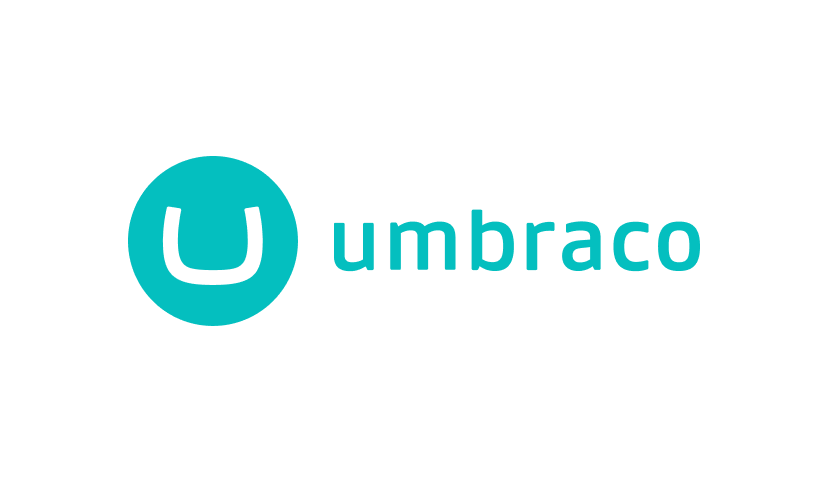
Umbraco Heartcore is Umbraco's headless CMS offering, built on the experience and feedback that comes from Umbraco's history as an open source CMS.
Our headless CMS agency expertise
Our team of headless CMS experts is led by CTO Andy Thompson, a Kontent by Kentico MVP, and Technical Director Emmanuel Tissera who is an Umbraco MVP and a specialist in Umbraco Heartcore, Umbraco's headless CMS platform.

Andy Thompson
CTO, Kontent.ai MVP, Kentico MVP, Owner
As our CTO, Andy heads up our developer teams, platforms and technology strategy.

The Marketer's Guide to Headless CMS
Everything you need to know if you're considering migrating your website from a traditional CMS to a headless CMS.
8 min read
Is a headless CMS good or bad for SEO?
Using a headless CMS for a website isn't going to hurt your SEO. It sure doesn't guarantee good results, but when implemented properly, it can be unbeatable.

8 min read
What is Kentico Kontent? And why should I care?
Rather than being a new version of Kentico CMS or EMS, Kentico Kontent is an entirely new product from Kentico. As such, it requires a little explanation!
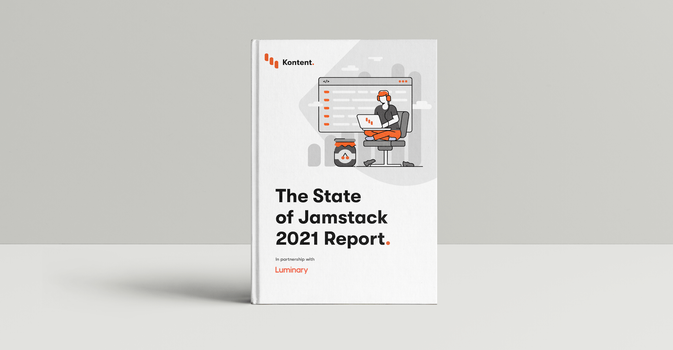
6 min read
The State of the Jamstack in 2021
For the second year running, Luminary has partnered with Kentico Kontent to produce The State of the Jamstack report. Here are our thoughts one year on.
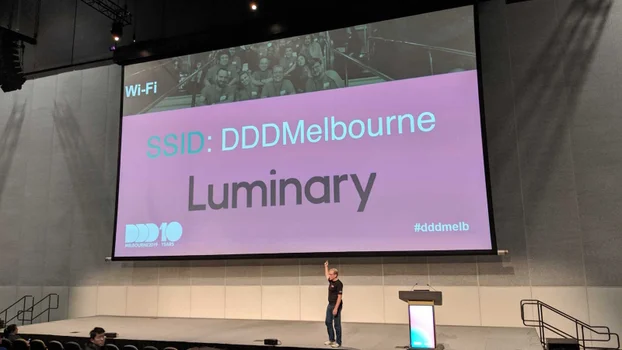
1 min read
The heads up on headless - slides from DDD Melbourne 2019
I had the honour of presenting a session on Headless CMS and Content as a Service (CaaS) at DDD Melbourne 2019 at the Melbourne Convention Centre. As promised, here are my slides from the event. I hope you enjoyed it!

10 min read
We built our new site using Kentico Cloud (and a few other microservices)
We've been preaching the benefits of headless CMS and microservices architecture to our clients for a couple of years now. So I decided it was time to put my money where my mouth is!

9 min read
Benefits of the Jamstack – from buzzword to business ready
The Jamstack is a modern approach to building fast, secure, and cost-effective websites and apps. In this article Luminary MD Adam Griffith explains the six 'Ss' of the Jamstack – Speed, Stability, Scalability, Security, Serviceability and Simplicity – to show why this movement is now business ready.
5 min read
How do you handle online forms with Kontent.ai?
There are a few questions we regularly field when introducing the concept of a Content as a Service to people. After explaining the terms 'headless' and 'microservices', we invariably hit the topic of online forms - a staple feature of any traditional web CMS, but curiously absent from the feature list of your modern-day headless CMS.
2 min read
Why it’s time for the Jamstack to shine – the technology perspective
Javascript, APIs and Markup (HTML) have been around for literally decades. So why the sudden wave of enthusiasm for Jamstack as an enterprise web development platform?

UNICEF Australia
UNICEF Australia engaged Luminary to undertake a complete website rebuild, from discovery through to continuous improvement.
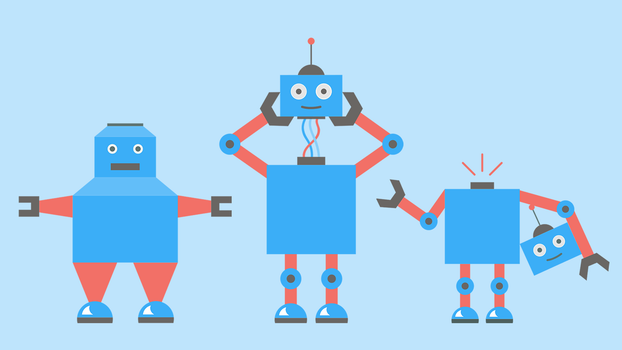
4 min read
Serving content to IoT devices with a headless CMS
Need a way to serve the same content to a growing range of platforms? Headless content management systems are your answer.

11 min read
Getting your head around headless content management
On Wednesday 31 July 2019 we hosted an expert panel discussion at Luminary, featuring representatives from leading Headless CMS vendors. By popular demand, here is the video! And as an added bonus, I reached out to the panelists for their thoughts on the remaining audience questions we didn't have time for. Enjoy!
2 min read
A tutorial on building a .NET Core website with Umbraco Headless
Want to build a .NET Core MVC website using Umbraco Headless? Follow this tutorial from Luminary Technical Lead Emmanuel Tissera...

Pet Culture
Backed by Woolworths and pet insurance specialists PetSure, PetCulture is a new online destination for pet owners.

6 min read
Umbraco Heartcore launch
Umbraco Heartcore (formerly Umbraco Headless) was announced for public beta in February 2018 at the Umbraco Down Under Festival held on the Gold Coast in Australia. Fast forward to December 2019 for the commercial launch and learn more about what Umbraco Heartcore has to offer.

Legalsuper
legalsuper approached Luminary following a significant brand refresh and was faced with the predicament of redesigning and redeveloping their existing website or investing in a new build on a more suitable technical platform to suit their future needs.

7 min read
We rebuilt our website on the Jamstack (without changing CMS)
You may not notice just by looking at it, but a few weeks ago we launched a completely rebuilt front end (or 'head') for our website. The new Jamstack tech is great, but the coolest part of all is that there was zero downtime, no content freeze, and no SEO impact (except positive!), as our existing headless CMS remained unchanged behind the scenes.
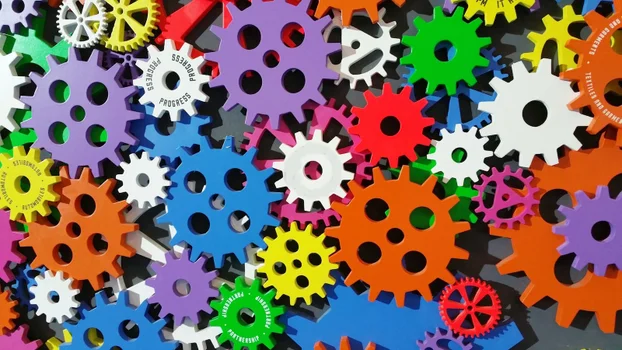
8 min read
Why you should be modelling content
Content modelling is a critical part of setting a headless CMS up for success. Technical Director Emmanuel Tissera takes a deep dive into how it works.

Healthylife
Healthylife – part of the Woolworths Group – is a digital startup that provides customers with health and wellness advice, services and products.

4 min read
Web Spotlight - visual page editing in Kontent (in less than a day)
Web Spotlight is a brand new add-on for Kontent by Kentico that brings many of the features marketers miss from traditional web content management systems into their pure headless CaaS platform, including a tree-based navigation structure, real-time preview and in-context editing of pages. And the good news is, it is super easy to set up, regardless of what language you used to implement your website.
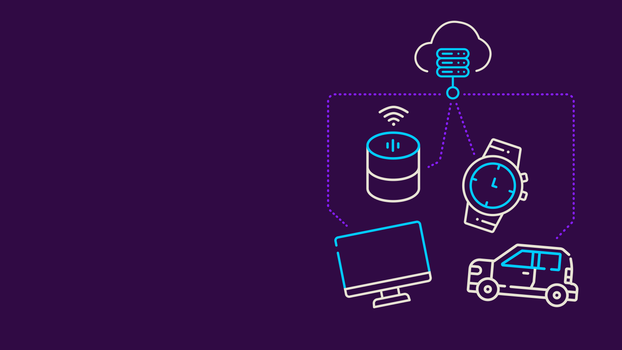
5 min read
Optimizely as a headless CMS
The Optimizely CMS has always been known as a traditional CMS, but is this still the case? Newly added features are pushing it into headless territory, and they come with some competitive advantages.

6 min read
Umbraco introduces composable DXP offering
Umbraco’s Composable DXP makes integrations simpler, easier and more intuitive.

7 min read
What is a composable DXP?
As enterprises increasingly look to adopt Headless CMS, best-of-breed SaaS services, and API-first microservices architectures, the role of the traditional monolithic Digital Experience Platform (DXP) is gradually being reduced in many cases. Yet the requirement for a full suite of complementary digital marketing and experience management services remains. Enter: the composable DXP.

The Jamstack is a modern approach to building fast, secure, and cost-effective websites and apps. It combines the performance and security benefits of a static website, with the power and flexibility of headless CMS.

6 min read
AI-powered content recommendations with a headless CMS
While your headless CMS might not come with all the bells and whistles of a full-featured Digital Experience Platform (DXP), thanks to its API-first nature, it's relatively straightforward to integrate with the most powerful AI-powered content recommendations available on the market. We did just that with our own website, Kontent.ai, and Recombee.

7 min read
Choosing between Kentico Xperience and Kontent.ai
Most CMS or DXP vendors are synonymous with the products they produce, but Kentico Software took on a unique 'dual rail' product strategy, with two distinct flagship products serving different needs. What are the key differences, and when should you be looking at one or the other?
8 min read
Configuring Web Spotlight in Kontent for any scenario
Web Spotlight for Kontent adds hierarchical page structure or navigation to the headless CMS - usually only seen in traditional Web Content Management Systems (WCMS). But if Kontent is headless, how can you configure it to match the way your website is designed and built?
Want to read more on headless?
With the growing popularity of headless CMS, several parallel concepts are also gaining traction. Here are some concepts you may like to read more about if you’re interested in the wider context of the headless CMS movement.
Jamstack – Jamstack is a modern approach to building fast, secure and cost-effective websites and apps, with the headless CMS as a critical component. It’s a confluence of ideas and technology including headless CMS, static site generators, microservices architecture, serverless computing, progressive web apps, CDNs and edge computing, and a general movement towards browser-based applications. For more on the Jamstack approach, check out Benefits of the Jamstack – from buzzword to business ready.
MACH – In a similar vein to the Jamstack, MACH stands for Microservices, API-first, Cloud-native Saas and Headless. Driven by Netlify, it’s essentially Jamstack for enterprise. A number of well-known players in the headless space have jumped on board the MACH movement, including Contentful, Contentstack and Uniform. For more on MACH, check out The MACH Alliance.
Composable DXP - This concept is in its early days right now but we believe it’s going to become mainstream very soon. A composable DXP is where a DXP is composed from a selection of best-of-breed microservices tools and a headless CMS. The microservices are integrated via APIs. For more on the composable DXP, see What Is a Composable DXP?
Download The Marketer's Guide to Headless CMS
Enter your details below to receive the guide via email.






